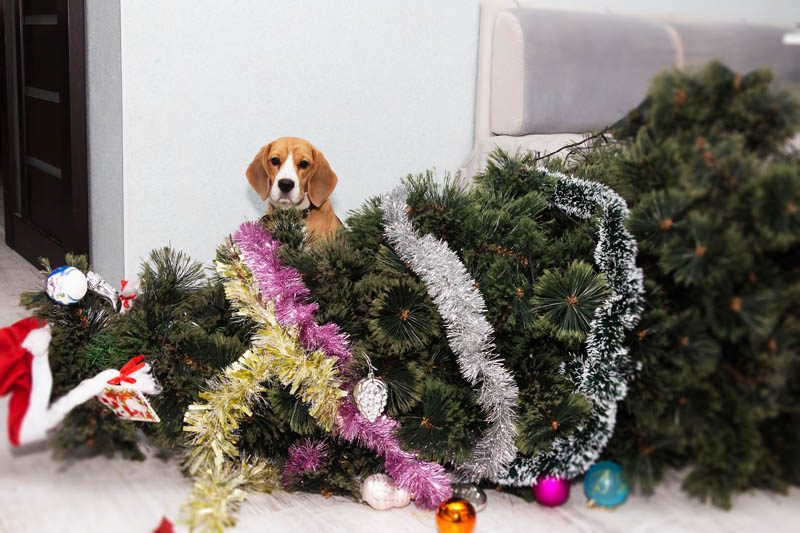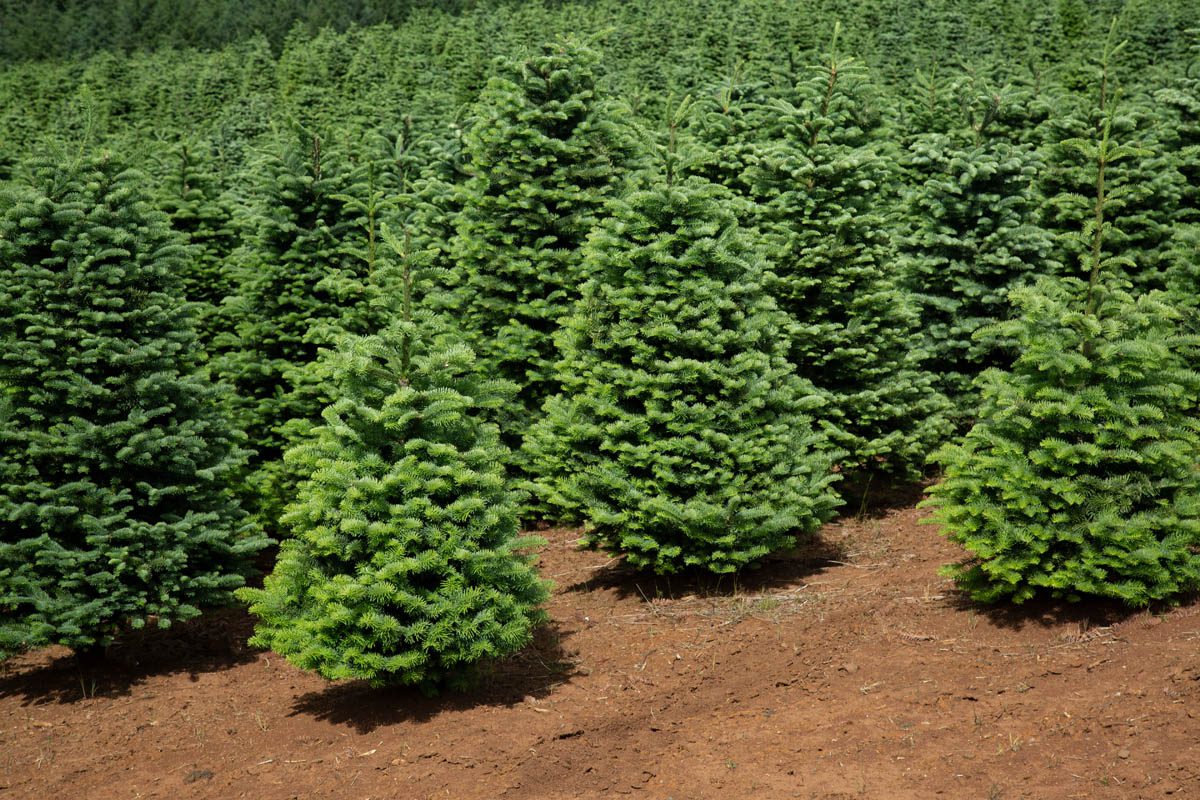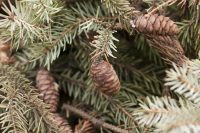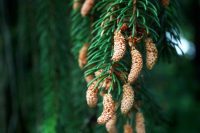What is Douglas fir? Safety Are Christmas trees toxic to dogs?
Douglas fir (Pseudotsuga menziesii) is non-toxic to dogs and is safe to keep in homes with pets with care.
What is Douglas fir?
| Family | Pinaceae – Pine |
| Botanical name | Pseudotsuga menziesii |
| Common names | Douglas fir, Oregon fir, Oregon pine, Oregon, Green Douglas fir, Blue Douglas fir, Red pine, Columbian pine, Common Douglas, Coast Douglas-fir |
| Mature height | 70 – 300 feet (21-91 metres) |
| Needle retention | Excellent |
| Scent | Citrus |
| Native to | Western North America |
| Toxicity | Non-toxic to dogs |
Douglas fir is a medium to fast-growing evergreen conifer native to the western region of North America. The delicate citrus scent, thick, soft needles, pyramidal shape and strong branches make it an ideal Christmas tree.
The Douglas fir gets its name from Scottish botanist David Douglas who sent the first seed back to Britain in 1827. The botanical name Pseudotsuga menziesii is named after Archibald Menzies, who discovered the tree in 1791.
Related: Caring for a Christmas tree
Safety

While Douglas fir is non-toxic to dogs, Christmas trees and decorations can still pose a hazard to curious pets.
- Commercial Christmas tree preservers contain fertilisers, fungicides and sugar which may cause mild to moderate gastrointestinal upset if ingested. Homemade preservers typically contain bleach or aspirin, both of which are toxic to dogs. The National Christmas Tree Association recommends water only for Christmas trees . Change every 1 – 2 days to prevent a build-up of bacteria in the water.
- Avoid angel hair or lametta tinsel which can cause a telescoping of the intestines if ingested. One end of the tinsel can become lodged under the tongue, while the peristalsis (wave-like contractions) propel the free end along the GI tract. Because one end is lodged under the tongue, the GI tract creeps up the trailing part where it folds in on itself causing damage or death to the tissues.
- Securely anchor the Christmas tree to a wall by attaching a strong hook to the wall, wrap fine gauge wire, or strong fishing around the trunk of the tree and secure the loose ends to the wall hook.
- Place breakable ornaments high up on the tree to prevent dogs or cats from knocking them off.
- Unplug Christmas tree lights at the wall when there is nobody around to supervise.
Are Christmas trees toxic to dogs?
Common name |
Scientific name |
Toxicity level |
| Norway spruce | Picea abies | Non-toxic |
| Blue spruce | Picea pungens | Non-toxic |
| Serbian spruce | Picea omorika | Non-toxic |
| White spruce | Picea glauca | Non-toxic |
| Nordmann fir | Abies nordmanniana | Non-toxic |
| Fraser fir | Abies fraseri | Non-toxic |
| Douglas fir | Pseudotsuga menziesii | Non-toxic |
| Noble fir | Abies procera | Non-toxic |
| Balsam fir | Abies balsamea | Non-toxic |
| Grand fir | Abies grandis | Non-toxic |
| Scotch pine | Pinus sylvestris | No information available |
| White pine | Pinus strobus | No information available |
| Virginian pine | Pinus virginiana | Toxic |
| Norfolk Island pine, house pine | Araucaria heterophylla | Non-toxic |
Julia is a writer and landscape consultant from Wollongong with a love of horticulture. She had been an avid gardener for over 30 years, collects rare variegated plants and is a home orchardist. Julia is passionate about learning and sharing her knowledge of plant propagation and plant toxicology. Whether it’s giving advice on landscape projects or sharing tips on growing, Julia enjoys helping people make their gardens flourish.




